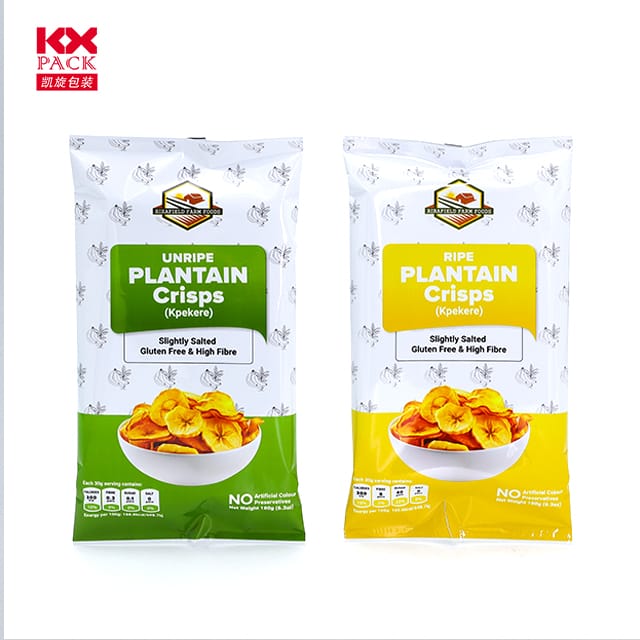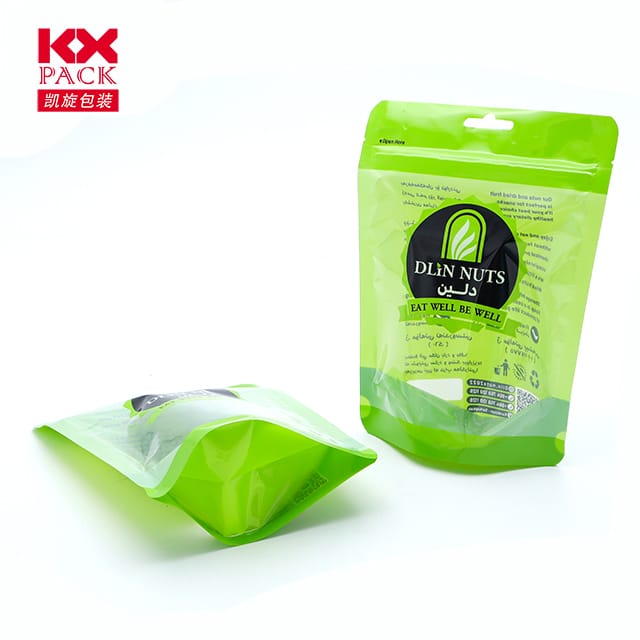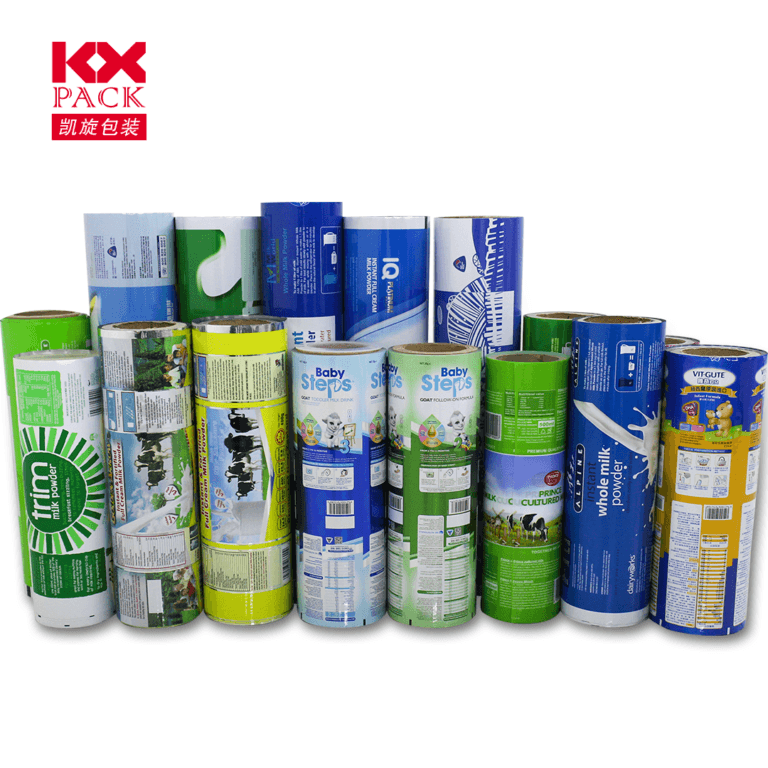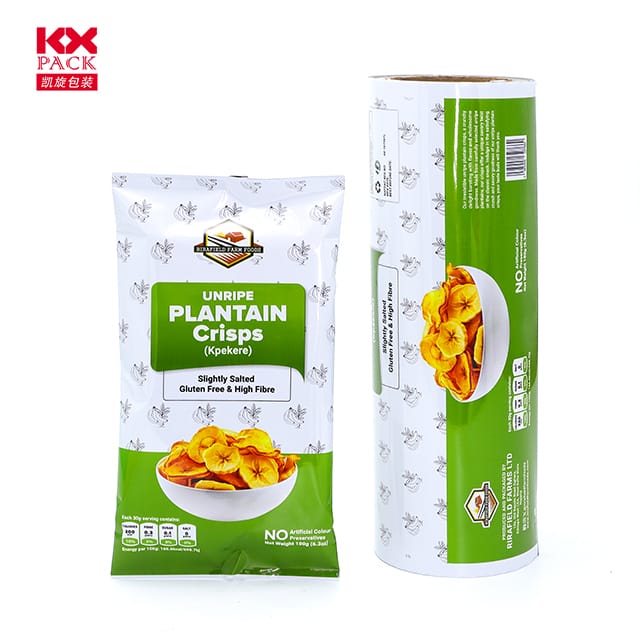استكشاف تعدد استخدامات المواد المغنية بالفيلم: غوص عميق في الابتكار والتطبيقات (3)
مواد تصفيح الفيلم
In today’s fast-paced industrial landscape, على المدىfilm laminated has emerged as a cornerstone of modern material engineering. من حلول التغليف إلى الأفلام البصرية المتقدمة, تجمع هذه التكنولوجيا بين نقاط قوة الطبقات المتعددة لإنشاء مواد تتجاوز قيود المكونات الفردية. دعونا نتفكك العلم, التطبيقات, and future potential of film laminated materials.
What is Film Laminated?
At its core, film laminated refers to a process where two or more thin films are bonded together using specialized adhesives, heat, or pressure. النتيجة? A composite material that leverages the unique properties of each layer—such as flexibility, قوة, barrier performance, or optical clarity—to achieve superior functionality.(مواد تصفيح الفيلم)
This technique isn’t new; it’s been used for decades in industries like food packaging (think aluminum-laminated pouches that keep snacks fresh) and automotive safety glass (laminated windshields that prevent shattering). لكن, recent advancements have expanded its horizons into cutting-edge fields like holographic security, solar energy, and even medical devices.(مواد تصفيح الفيلم)
Key Applications of Film Laminated Materials
- Food and Pharmaceutical Packaging
- Barrier Performance: Laminated films with aluminum or EVOH (ethylene-vinyl alcohol copolymer) layers block oxygen, رُطُوبَة, وضوء, تمديد مدة الصلاحية.
- Safety and Compliance: FDA-approved laminates ensure product integrity for edibles and medicines.
- Automotive and Architecture
- Safety Glass: Laminated interlayers (على سبيل المثال, PVB or SGP) hold shattered glass together, reducing injury risks in crashes.
- Energy Efficiency: Solar control films laminated onto windows reduce heat gain, lowering HVAC costs.
- Security and Anti-Counterfeiting
- Holographic Films: Advanced laminated structures with micro-embossed patterns create tamper-proof labels for currency, معرفات, and luxury goods.
- Electronics and Optics
- Display Technology: Multi-layered films with anti-reflective or conductive coatings enhance smartphone screens and solar panels.
- Flexible Circuits: Ultra-thin laminated polymers enable bendable electronics.
Technological Breakthroughs
- Nanostructured Laminates: Researchers are developing films with nanoscale layers to control refractive indices, enabling anti-glare coatings or high-efficiency solar cells.
- Biodegradable Laminates: Eco-friendly alternatives using PLA (حمض بولييلاكتيك) or starch-based films address plastic waste concerns.
- شرائح ذكية: Films embedded with sensors or thermochromic inks respond to environmental changes (على سبيل المثال, temperature-indicating packaging).
Market Trends and Growth
The globallaminated glass interlayer film market alone is projected to reach$61.27 مليار من قبل 2031, driven by demand for safer buildings and vehicles. في أثناء, الplastic film composite market (including laminated steel for appliances) is expanding in Asia-Pacific, where rapid urbanization fuels construction and automotive sectors.
التحديات والاتجاهات المستقبلية
- كفاءة التكلفة: Scaling up production of advanced laminates while keeping costs competitive remains a hurdle.
- الاستدامة: Balancing performance with recyclability is critical, especially for single-use packaging.
- ابتكار: Continued R&D into self-healing laminates, 4D-printed structures, and AI-driven material design could redefine the field.
استنتاج
Film laminated materials are more than just layers of plastic or glass—they’re a testament to human ingenuity in solving complex challenges. From preserving food to powering green energy, these composites are shaping industries and improving lives. كما تتطور التكنولوجيا, the possibilities for film laminated innovations are endless.
What’s next? Keep an eye on emerging applications in wearable tech, smart cities, and sustainable infrastructure. The future of materials science is here—and it’s laminated.
Stay curious, stay innovative! 🌍✨
الكلمات الرئيسية: Film Laminated, أفلام مغلفة, Composite Materials, Material Engineering, التطبيقات الصناعية







